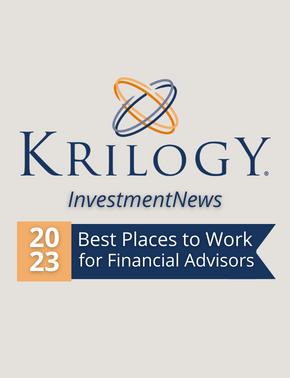As we work our way through the third quarter of 2015, the S&P 500 has traded in a fairly tight, yet volatile range, leaving us more hopeful that focus can shift back to what appear to be pretty decent fundamentals during the second half. The lack of breakout on the S&P 500 thus far, only up 1.23% after the second quarter, does underscore the value in broad-based, global allocation as we’ve seen the international EAFE index exceed 5.5% at the halfway point through the year and the small cap index, as measured by the Russell 2000, exceed 4.5% in the same time frame after both equity segments grossly underperformed the S&P last year.
We’ve seen an escalation of economic themes that have been around for quite some time now, such as a severely struggling economy in Greece, a slowdown in China, a rising U.S. dollar, and the reality of eventual rate hikes by the Fed here in the U.S. However, in the face of these headline grabbing developments, we continue to see slow but continued domestic growth, firming wage growth, job creation at over 200k/month, and a Fed that communicated the desire (although data dependent) to raise rates in a gradual manner over time. All in all, solid fundamental data along with reasonable valuations at 17-18 times earnings for the S&P 500 this year and in the 15-16 times earnings range, based on 2016 estimates, conditions seem pretty reasonable for continued stock market growth.
For those concerned about the impact of the Fed increasing rates, likely sometime this year in our view (barring an influx of unexpected weak economic data), it’s important to note that in 13 Fed-tightening cycles going back to 1954, the stock market has recorded and average gain of 9.3% in just 12 months after the initial hike.
Furthermore, the market average 24 months after the first rate increase in the prior 13 rate high cycles, was up 15.3%. While we’re preparing for rate hikes in the U.S, central banks across the globe have launched many forms of stimulus and easy monetary policy, including the ECB in Europe, the PBOC in China, and the Bank of Japan, which help create various international investing opportunities, thus emphasizing the need for tactical, global diversification. Similar multi-faceted monetary stimulus that theU.S. finished completing in October of 2014, helped propel risk- assets and the U.S. stock market to all-time highs, so we’re waiting for further evidence to see if the global central banks policies are able to lead to further stability and ultimately success to any degree of similarity.
Thus far in the earnings season for the S&P 500 companies the story has been similar to prior quarters in that overall, companies are beating from a bottom-line perspective, but split from a top-line perspective. Roughly three-fourths of S&P 500 companies are beating on the bottom-line and nearly 50% are beating from a top-line revenue perspective.
All in all, factoring in decent earnings, solid economic fundamentals, and a Federal Reserve that emphasizes the important of the pace of rate hikes vs. the timing of the first one, we remain constructive on the view that we’re encountering a normal bump along a continued bull market ride.
Portfolio Stress-Testing
As the global economy and markets have experienced many sentiment changing headlines over the first half of 2015, the Krilogy Investment Committee has had plenty of due-diligence scenarios to stress-test the portfolios against. As all Krilogy Portfolio Models undergo forward looking stress testing on a consistent basis, the analyses of late has been on the sharp slowdown in China, the impact of rising rates, and the potential impact of a deflationary environment. Ensuring proper allocation and un-biased investment implementation for each client’s appropriate level of risk is the key driver in this process.



























